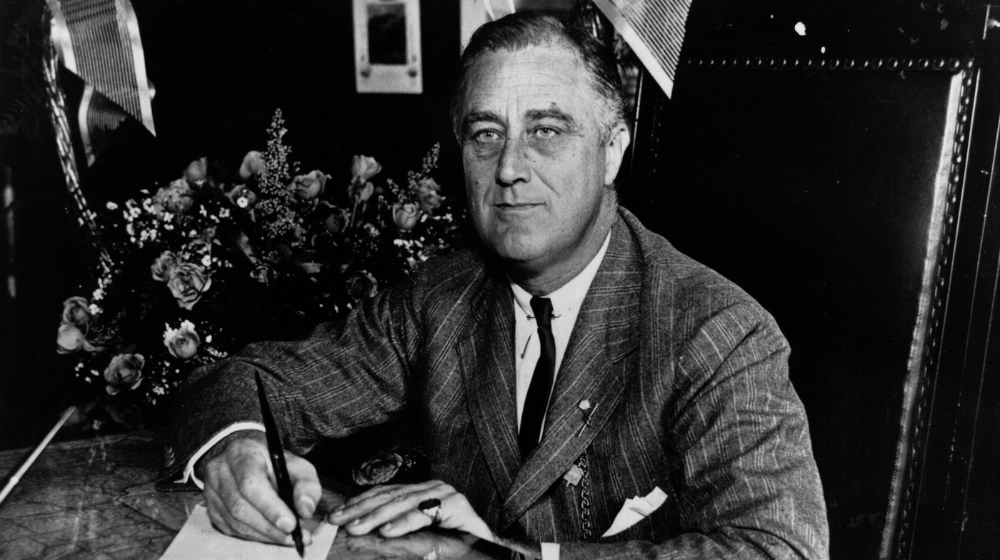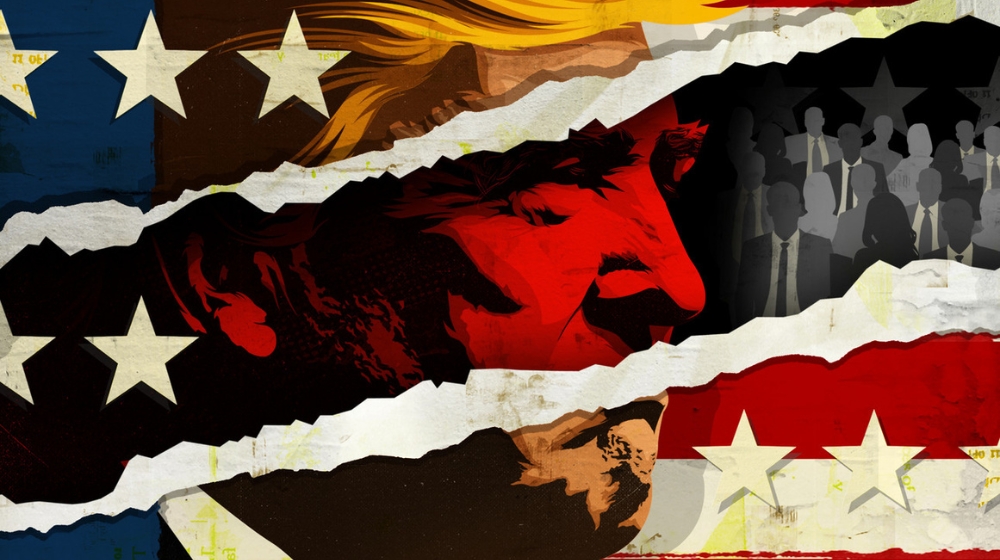There are several types of executive actions that presidents can take to reshape government policy without legislation: executive orders, memorandums and proclamations.
Executive Orders: The Power and Purpose
Executive orders are directed toward — and govern the actions of — government officials and agencies, according to the Library of Congress.

They have the force of law if the topic is “founded on the authority of the president derived from the Constitution or statute” and are required to be published in the Federal Register (the daily journal of the federal government) to notify the public.
It can’t replace or contravene statutes enacted by Congress, it can only ‘fill in the gaps. Laws, in contrast, originate in Congress (which is now fully controlled by Republicans). Most presidents have issued at least one executive order, starting with George Washington’s 1789 directive for federal department heads to “impress me with a full, precise & distinct general idea of the United States” in their fields.

Other notable examples include President Franklin D. Roosevelt’s 1942 order authorizing the incarceration of Japanese Americans during World War II, Truman’s 1948 executive order desegregating the U.S. military and President Barack Obama’s 2012 order issuing Deferred Action for Childhood Arrivals (DACA).
Executive Memorandums: A Versatile Tool for Presidential Administration
Executive memorandums are similar to executive orders but differ in process: They are not required to cite the president’s legal authority or be printed in the Federal Register, which makes them harder to track.
Like notices, letters and messages, memorandums are signed by the president and are used to manage administrative matters of the federal government.

Obama issued over 400 memorandums on topics ranging from gun control to immigration to overtime regulations, according to PBS News, while Trump used them during his first term to take actions like imposing tariffs on China and tightening asylum laws.
Presidential Proclamations: From Ceremonial Declarations to Historical Milestones
Presidential proclamations, in contrast, typically concern the activities of private individuals and do not usually have the force of law. They are typically used to convey information about holidays, commemorations, and federal observances.

Recently, for example, President Joe Biden issued a proclamation announcing the death of former President Jimmy Carter, in which he ordered flags to be flown at half- staff for 30 days and designated a National Day of Mourning.
While proclamations are seen as largely ceremonial today, the Library of Congress notes that they historically did more “heavy lifting.”
They include some of the most influential documents in American history, like Washington’s 1789 proclamation designating Thanksgiving, President Abraham Lincoln’s 1863 Emancipation Proclamation (which declared enslaved people in Confederate states free) and President Gerald Ford’s controversial pardon of former President Richard Nixon after the Watergate scandal in 1974.
How often executive orders are typically used
Thousands of presidential executive orders have been issued in U.S. history, according to a tracker from the American Presidency Project.

All but one president — William Henry Harrison, who died a month into his term — issued executive orders, though the format and process have changed over the years. The numbering of executive orders, for example, did not start until 1907, and regulations for filing them in the Federal Register were established only in 1936 (ironically via executive order, issued by Roosevelt).
Presidents have increasingly come to rely on executive orders as a tool. While early presidents’ tallies were typically in the single digits — John Adams, James Madison and James Monroe each issued only one — that number grew steadily over the 20th century.

President Theodore Roosevelt became the first to break 1,000, averaging 145 executive orders per year. Franklin D. Roosevelt issued a record 3,721 during his unprecedented 12 years in office.
Since then, the number of executive orders issued under each president has numbered in the low hundreds. Biden issued 162 orders, while Trump issued 220 during his first term.
While some presidents have faced criticism for enacting their agendas more through executive orders than legislation, quantity isn’t the only metric worth considering. The number of executive orders doesn’t tell you anything about whether those orders are lawful or whether the president has exceeded his authority. What matters is what he’s doing in the orders.








